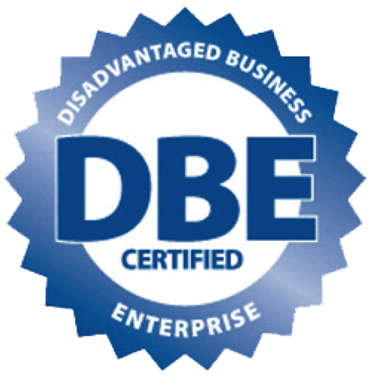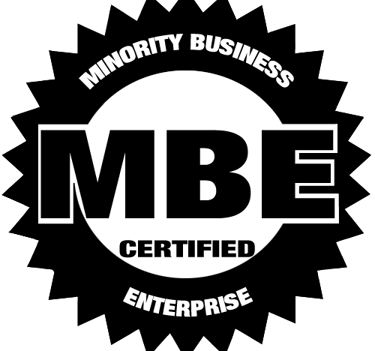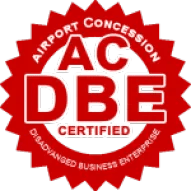Board Accountability in 2026: What Every Nonprofit Should Know Before Year-End
Nonprofit boards shoulder an enormous responsibility — stewarding funds, ensuring compliance, and safeguarding reputation. As 2025 comes to a close, Illinois nonprofits are entering a new era of accountability driven by transparency laws, cyber threats, and increased scrutiny from donors and regulators.
Strong governance isn’t just good ethics — it’s a vital part of your risk management and insurance strategy heading into 2026.
1. Why Board Accountability Matters Now
Over the past few years, nonprofits across the country have faced lawsuits and regulatory actions for governance failures, misused funds, and inadequate oversight. Even well-intentioned boards can find themselves in legal trouble if they neglect their fiduciary duties of care, loyalty, and obedience.
In Illinois, the Attorney General’s Charitable Trust Bureau has intensified enforcement actions against nonprofit directors who fail to maintain accurate financial records or misuse restricted donations.[¹] And nationally, insurers report that employment-related lawsuits (harassment, retaliation, wrongful termination) remain the top source of D&O claims for nonprofit organizations.[²]
2. The Expanding Scope of Director and Officer (D&O) Risk
Traditional D&O exposures — such as mismanagement of funds or conflicts of interest — are now joined by newer threats:
Cyber governance: Boards are increasingly expected to oversee cybersecurity readiness, including data privacy and incident response planning.
Employment practices: Claims by employees, volunteers, or even vendors are often included in D&O litigation.
Regulatory filings: Late or inaccurate IRS Form 990 filings, grant reporting errors, or violations of state solicitation laws can lead to penalties and public scrutiny.
Misinformation and reputational harm: In the social media age, a single misstep in messaging can escalate into a reputational or defamation claim.
Nonprofit leaders must recognize that personal assets can be at risk without adequate D&O protection.
3. Strengthening Governance Before 2026
Boards can take immediate steps to reduce exposure and demonstrate good governance:
Document everything. Keep detailed minutes of board meetings, especially for votes on financial or personnel decisions.
Review bylaws annually. Ensure voting procedures, officer duties, and term limits align with current state nonprofit laws.
Disclose and manage conflicts of interest. Require annual signed statements from all board members.
Ensure financial transparency. Review audits, budgets, and Form 990 filings carefully before submission.
Oversee cybersecurity. Confirm data protection policies and incident response plans are reviewed at least annually.
These actions not only improve compliance but also demonstrate accountability to donors, regulators, and insurers.
4. What to Look for in a Nonprofit D&O Policy
Not all D&O policies are created equal. When reviewing coverage for 2026, confirm that your policy includes:
Coverage for employment practices claims (many small nonprofits exclude these by default).
Third-party coverage for volunteers, staff, and committee members.
Defense costs outside the policy limits, which prevent rapid exhaustion of coverage.
Cyber or data breach-related claims, or a separate Cyber Liability endorsement.
A modern D&O policy should protect the entire leadership structure — not just the board chair or executive director.
5. Board Training and Orientation Matter
New board members often join with great enthusiasm but limited understanding of fiduciary or legal obligations. Offering short orientation sessions on governance basics can go a long way toward reducing unintentional missteps.
Training should cover:
Board member roles and fiduciary duties
Conflict of interest procedures
Recordkeeping expectations
Crisis communication protocols
Many insurers offer premium credits or discounts for nonprofits that provide annual governance training.
6. The Intersection of D&O and Employment Practices
Most nonprofit lawsuits don’t come from donors — they come from inside the organization. Employment-related claims (wrongful termination, retaliation, or harassment) often name both the organization and individual board members.
Pairing D&O coverage with Employment Practices Liability Insurance (EPLI) offers stronger protection for leadership teams. EPLI helps cover defense costs and settlements, while D&O protects decision-making liability.
7. The Cost of Coverage vs. the Cost of a Claim
The average D&O claim for nonprofits now exceeds $35,000 in defense costs alone, even for cases that never reach trial.[³] Smaller organizations are often surprised to learn how affordable protection can be — many can obtain D&O coverage for just a few hundred dollars per year.
When measured against potential legal expenses, board coverage is one of the highest-value protections a nonprofit can carry.
Final Thoughts
As accountability expectations rise, 2026 will reward nonprofits that combine transparency with protection. A strong board culture, backed by the right insurance coverage, builds donor trust and shields leaders from personal liability.
Ask us about affordable D&O coverage and governance tools designed specifically for nonprofit organizations.
Footnotes
[¹] Illinois Attorney General’s Office, Charitable Trust Bureau Annual Report, 2024.
[²] Allianz Global Corporate & Specialty, Directors & Officers Insurance Insights 2024.
[³] Advisen, Nonprofit D&O Claims Trends Report, 2024.
Board Accountability in 2026: What Every Nonprofit Should Know Before Year-End


Transforming small business consulting with dynamic energy.
Service
Trust
(312) 220-9200
© 2025. All rights reserved.


141 W. Jackson Blvd. | Suite 1502 | Chicago, IL | 60604






